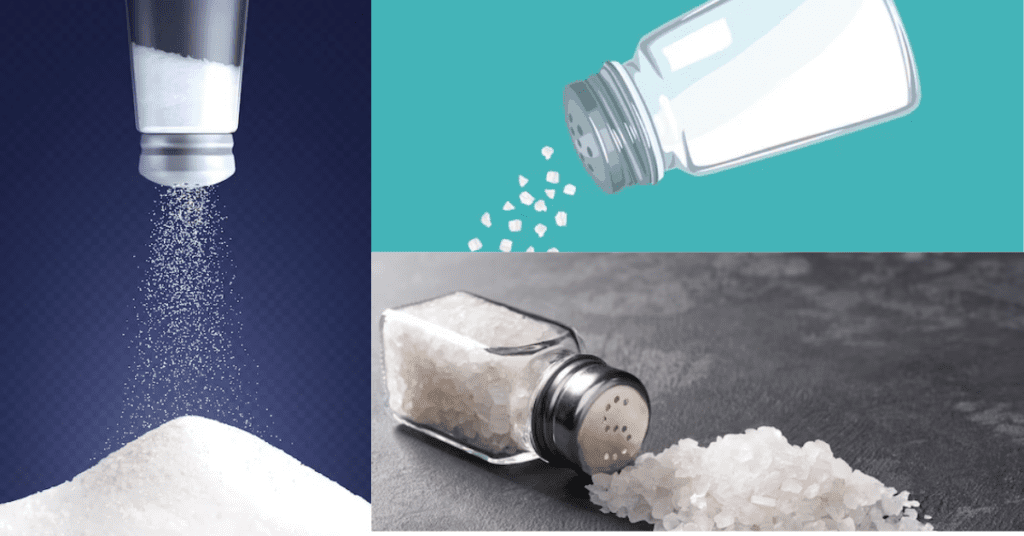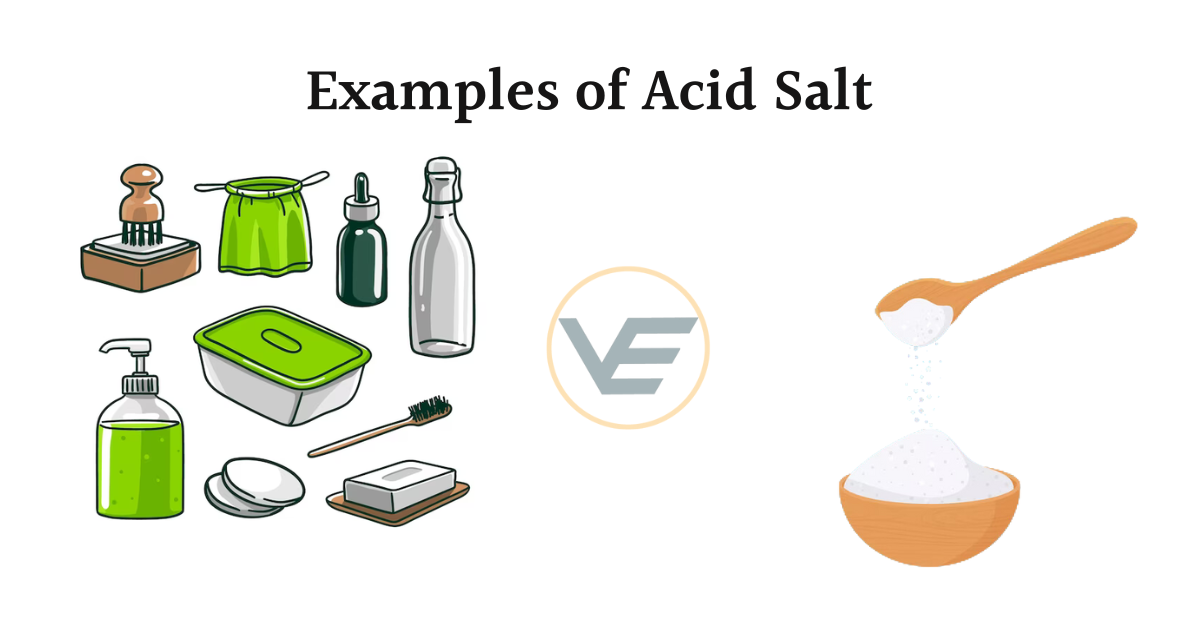Acid salts are a fascinating group of chemical compounds formed from the reaction of acids with bases or metals. These compounds play a vital role in various industries and fields of study, owing to their unique properties and applications. In this blog, we will explore 30 diverse examples of acid salts, their formation process, and their significance in different areas.

What are Acid Salts?
Acid salts are a type of salt derived from acids. When an acid reacts with a base or a metal, some or all of the hydrogen ions in the acid are replaced with metal cations. This process results in the formation of acid salts, which exhibit distinct chemical properties.
10 Examples of Acid salts
10 examples of acid salt is given below,
- Sodium Bicarbonate (NaHCO3):
- Widely known as baking soda, it forms from carbonic acid and sodium hydroxide.
- Applications in baking, as an antacid, and for cleaning purposes.
- Calcium Dihydrogen Phosphate (Ca(H2PO4)2):
- Derived from phosphoric acid and calcium hydroxide.
- Used as a fertilizer and in food and beverage products.
- Sodium Diacetate (NaC2H3O2):
- Produced from acetic acid and sodium bicarbonate.
- Acts as a preservative and flavor enhancer in the food industry.
- Potassium Hydrogen Tartrate (KHC4H4O6):
- Also known as cream of tartar, it is derived from tartaric acid.
- Widely used in baking and as a stabilizing agent in whipped cream.
- Ammonium Dihydrogen Phosphate (NH4H2PO4):
- Formed from phosphoric acid and ammonia.
- Utilized as a fertilizer and in fire extinguishers.
- Monosodium Glutamate (MSG) (NaC5H8NO4):
- Derived from glutamic acid and sodium hydroxide.
- Serves as a flavor enhancer in the food industry.
- Sodium Acid Pyrophosphate (Na2H2P2O7):
- Produced from phosphoric acid and sodium carbonate.
- Used as a leavening agent in the food industry.
- Sodium Acid Sulfate (NaHSO4):
- Formed from sulfuric acid and sodium hydroxide.
- Applications in the chemical industry and as a pH buffer.
- Potassium Biphthalate (KC8H5O4):
- Also known as potassium hydrogen phthalate.
- Utilized in analytical chemistry as a standard for acid-base titrations.
- Ammonium Acid Fluoride (NH4HF2):
- Formed from hydrofluoric acid and ammonia.
- Employed in metal cleaning and etching processes.
Acid salts represent a versatile and essential group of chemical compounds with diverse applications in different industries and scientific disciplines. Their formation through acid-base reactions provides them with distinct properties, making them indispensable in various aspects of our lives. From the food we eat to industrial processes and analytical chemistry, acid salts continue to play a crucial role in shaping the world around us.

